As of 2012, the U.S. Human Society estimated that Americans owned 83.3 million dogs. There is an average of 1.47 dogs per household in the U.S., making them the most popular choice for a pet across the country.
But not every household is as ready for a dog as they think. Those families, especially with children, need to consider whether or not the children are ready for a dog.
These 10 signs will help determine whether or not your kids are ready for a dog.
1. Comfort Level Around Animals
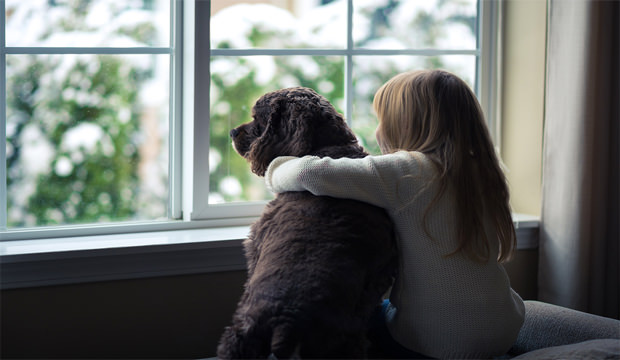
Just like every adult progresses through life stages at a different pace, so too do children.
Two 10-year old children might seem equally mature for their age, but that doesn’t mean both of them are going to be ready for a pet in the house.
Some children have a natural fear of animals that will take time to get over, and bringing an animal into the home is not the solution to this problem.
If your child is still afraid to interact with animals, spend time showing them how to interact with animals safely by doing so yourself. Those children that show no fear around pets and interact well with them are ready for a pet of their own.
2. Respect for Animals

Interaction between people and animals is just as important as interaction between two people.
We hold our children back from starting kindergarten when they don’t seem prepared yet to interact with other people or need more work on social skills.
The same concept should be applied to pets. Pets are not toys; they are living, breathing beings just like humans.
Children who are ready for a dog understand that their pet should not be tugged on or hit, but touched gently. An animal needs its own time and space as, such as when it is eating. Self-control is an important factor in determining whether or not your child is ready for a dog.
3. Ability to do Chores

Chores are an inevitable feature of growing up in most homes.
Mom and dad cannot be expected to do everything around the house, so children are tasked with chores.
In addition to giving them something constructive to do around the house, chores teach children about responsibility.
The ability to handle chores is a great gauge for a child’s readiness to have a dog.
If your child can handle doing chores reliably, such as setting the table or emptying the dishwasher, they might be ready to pitch in with caring for a new dog. Make sure to gauge the difficulty of the chores your child is completing when thinking about how much assistance they’ll provide in caring for a dog.
4. Ability to Care for Themselves
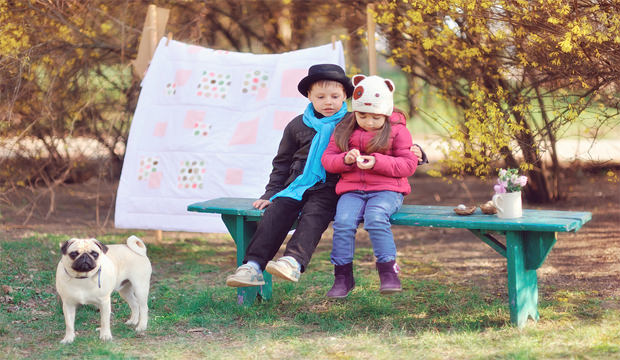
No, this doesn’t mean your children should be completely independent, but it does mean they should be at an age and development level where they complete simple tasks for themselves.
Can your child brush their own teeth properly? Do they know how to prepare their own snacks or clean up their own messes?
Pre-teens and teenagers are more likely to be at this maturity level than younger children.
Regardless, the successful completion of these tasks without constant reminders is a good sign they’re ready for a dog. Remember though, you will still need to check-in to ensure they are following up on their pet responsibilities. Be prepared to remind them or step-in when necessary.
5. Good Behavior

The manner in which your child behaves should play a major role in determining whether or not they are ready to have a dog around the house.
Children who are struggling with naptime, playtime with other children, bedtime or separation at school are not ready for a pet in the house in all likelihood.
It is a good idea, if these behavior patterns are present, to wait for that behavior to improve.
Why is that? Keep in mind how stressful it can be to deal with poor behavior from your kids, and then imagine trying to deal with the poor behavior of a young puppy and your child at the same time.
6. Activity Level
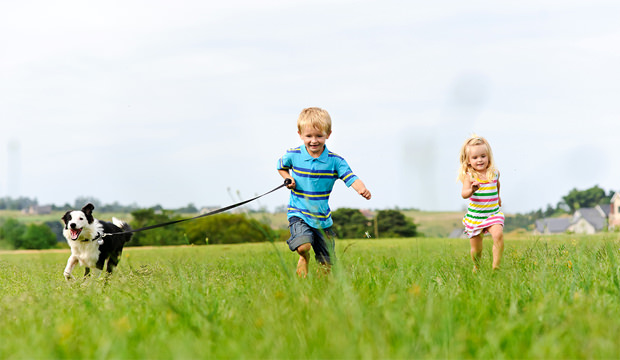
This factor could be a take it or leave it depending upon each family, but the activity level of your children is definitely worth considering before getting them a pet.
From the moment children learn to talk, many of them ask for pets. However, asking for a pet and being ready for a pet are obviously different things.
Children who spend most of their time watching TV or playing video games, or even just playing tea party or coloring, might not be ready for a dog around the house.
Conversely, children who love to play outside, ride bikes and walk to the local park would probably enjoy having a little partner to share in all those activities.
7. Can They Share?
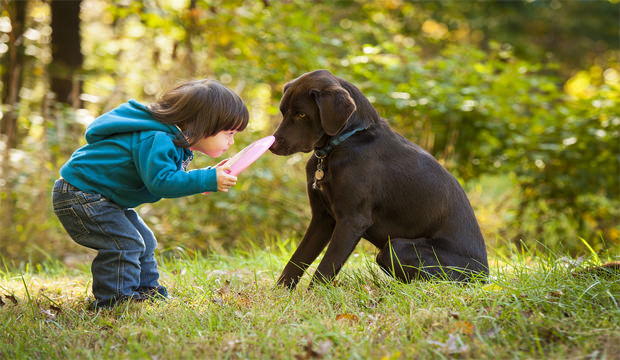
Growing your family always comes with the concern about sharing.
When parents are preparing for a second child, one of their concerns tends to be how the first born will handle the new “competition” around the house.
Your child’s ability to share toys, space and attention from mom and dad should be factored into their preparedness for pets.
Bringing a dog into the home is no different than having another child in this respect. The dog will require some of your attention as an adult, and your child’s ability to share you and space in the home is important in determining whether or not a dog is a good fit at the moment.
8. Are They Really Interested?
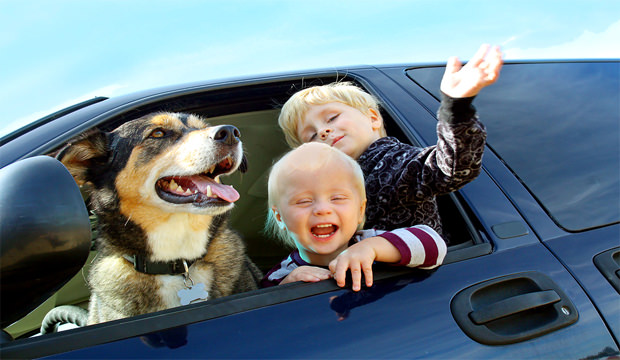
As mentioned earlier, one of the most common phrases from young children who have just learned to speak is “I want a puppy!”
Wanting something and being prepared for something are two very different frames of mind. Lots of people, children and adults, want a dog but that doesn’t mean it is a permanent ideal in their mind.
The best approach is to listen to your children for a while and gauge whether or not their interest is genuine, or simply a passing fad. The novelty of having a pet can wear off quickly and after that it can begin to feel like more of a chore than a joy to have a dog.
9. A Trial Run was Successful
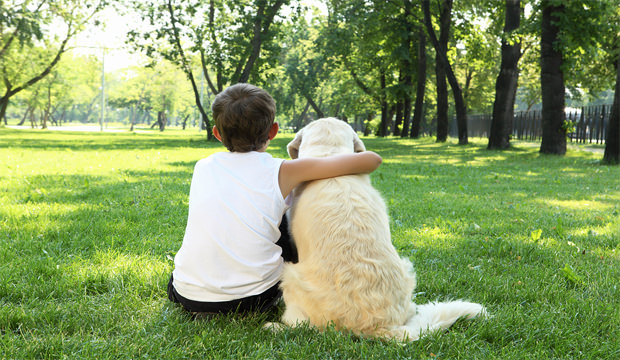
According to the United States Humane Society, there are some 6 to 8 million dogs and cats entering nearly 3,500 shelters across the country each year.
Before making the investment in adding a dog to your family, consider giving you and your children a trial run.
A trial run allows shelters to provide dogs with a good home for a few weeks or months before a permanent solution is found.
For your family, a trial run will help you determine if your child really meets all the guidelines established in factors 1 through 8. If the trial run goes smoothly then your family may be ready for a dog of its own.
10. Your Child’s Choice Fits with the Family

Last but not least, it is important to make sure that your child’s desires for a dog match up with the rest of the family. Dogs come in a variety of shapes, sizes and temperaments.
Just because your child wants to get a Great Dane because it reminds them of a small horse (a fact not far from the truth) doesn’t mean that it will fit in with the family as a whole.
Some dogs take up a lot of space, consume a lot of food, and need a lot of attention and exercise. If your child is showing the maturity to recognize that dogs of a certain breed or size are a good fit for the family, then they are likely ready to have a dog join the family.
